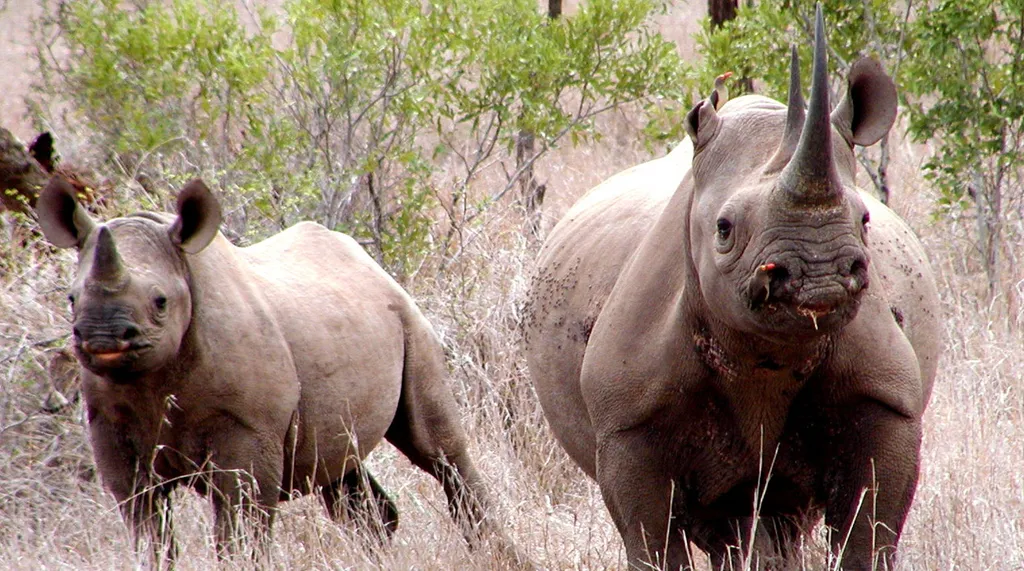In the vast, underexplored world of gut microbiomes, a team of researchers led by Dr. Xue Li from the NHC Key Laboratory of Human Disease Comparative Medicine has made a groundbreaking discovery that could potentially reshape the agricultural and industrial landscapes. The team has identified a novel species of gut bacteria, Paenibacillus ilasis, with unique phosphorus solubilizing and starch hydrolysis abilities, isolated from the fresh feces of a rhinoceros.
The genus Paenibacillus is already known for its diverse applications in medicine, agriculture, and bioremediation. However, the discovery of this new species opens up even more possibilities. “The gut microbiome of large herbivores like rhinoceroses is a treasure trove of underexplored microbial diversity,” says Dr. Li. “Our findings not only enhance our understanding of this diversity but also lay the foundation for future applications in agriculture or industry.”
The newly identified species, Paenibacillus ilasis, exhibits significant phosphate solubilization and starch hydrolysis activities. This means it can break down insoluble phosphorus compounds into soluble ones, making them more accessible for plant uptake, and hydrolyze soluble starch into simpler sugars. These capabilities could be harnessed to develop more efficient biofertilizers and enzymatic preparations, reducing the need for chemical fertilizers and enhancing crop yields.
The commercial implications for the agricultural sector are substantial. With the global biofertilizers market projected to reach $2.4 billion by 2025, the discovery of Paenibacillus ilasis could spur innovation in this sector. Moreover, the industrial applications of this species could extend to the food and beverage industry, where starch hydrolysis is a crucial process.
The research team used a polyphasic approach, combining phylogenetic, phenotypic, and chemotaxonomic analyses to characterize the novel species. They found that Paenibacillus ilasis is closely related to Paenibacillus lautus but distinct enough to be classified as a new species. The team also determined the major cellular fatty acids and polar lipid profile of the species, providing a comprehensive taxonomic description.
The discovery of Paenibacillus ilasis is a testament to the untapped potential of gut microbiomes, particularly those of large herbivores. As Dr. Li puts it, “This is just the tip of the iceberg. There’s so much more to explore and discover.” The findings were recently published in the journal Scientific Reports, marking a significant step forward in our understanding of microbial diversity and its potential applications.
The research not only sheds light on the complex interplay of microorganisms within the rhinoceros gut but also paves the way for innovative solutions in agriculture and industry. As we continue to explore the microbial world, discoveries like Paenibacillus ilasis remind us of the vast, untapped potential that lies within. The future of agriculture and industry could very well be shaped by these tiny, yet powerful, organisms.

